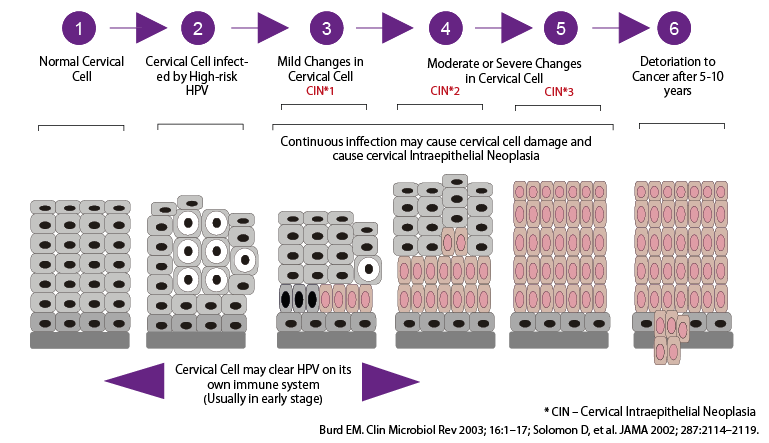Why Human Papillomarvirus (HPV) …
Very common – About 75% people who with sexual experience was infected?
Cannot prevent even using condom?
Easily get infected – only one or fixed sex partner, still got a chance to be infected?
Human Papillomavirus (HPV) is a type of virus transmit through skin-to-skin genital contact or sexual contact are the mode of transmission. About 40 types HPV can infect male and female genital organ. Different types of HPV can cause different diseases and we categorize HPV as high risk and low risk types, according to their relation with cervical cancer.
Protection of Male/Partners
HPV will infect men also and lead to anal cancer and genital warts. Through sexual intercourse, men will make their sex partner continuously contact human papillomarvirus and infected by HPV sickness. Male can do HPV vaccine injection to prevent HPV and avoid continuously HPV infection.
How female know are they infected by HPV?
HPV DNA test can identify infected HPV; pap smear is a screening test for cervical cancer and precancerous lesion.
**Human papillomarvirus can transmit to new born baby through mother’s vaginal. It is difficult to cure.
**Merck Sharp & Dohme Corp.


